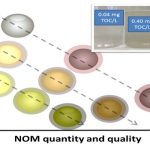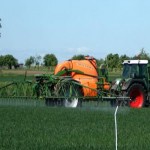As you might know from previous posts of this blog, students of the Ecotoxicology Master’s Program spent the last summer term in internships at external organisations such as industrial companies, universities, research facilities or authorities. This time, student blogger Lara reports on her experience with the AMEO module at the European Food Safety Authority (EFSA) in Parma, Italy.
Internship at the European Food Safety Authority







